Solid state drive benchmarking tests SSD performance under a variety of workloads. SSD owners that want to monitor their drive can use benchmarks to observe, read, and write rates and other performance metrics. For enterprises such as Samsung and Western Digital, which sell SSDs, benchmark tests reveal the speeds at which their SSDs read and […]


Solid state drive benchmarking tests SSD performance under a variety of workloads. SSD owners that want to monitor their drive can use benchmarks to observe, read, and write rates and other performance metrics.
For enterprises such as Samsung and Western Digital, which sell SSDs, benchmark tests reveal the speeds at which their SSDs read and write data under different conditions. Those read and write speeds can then be marketed to potential customers who are searching for persistent storage devices that provide quick access to data. An ideal benchmark test gives customers an accurate picture of how quickly they’ll be able to access that data using the SSD.
Different types of benchmarking test different things:
Benchmarking can sometimes be inaccurate or give misleading results, especially if performed too quickly. All SSD benchmark preparation should involve appropriate preconditioning — preparing the drive to be steady. Proper testing can take hours. Tests for enterprise SSDs should give consistent information about how the drives will perform, rather than misleading consumers with inaccurate speeds.
SSD benchmarks test both sequential and random read and write speeds. A thorough benchmark result should be replicable: someone should be able to reliably repeat the test environment. It should not be a one-time test that can never be recreated; that suggests inaccuracy and uncertainty about how the test actually occurred.
Jump to:
If you aren’t familiar with the concept of benchmarking or the details of how SSDs perform, the following terms are very commonly used to describe SSD specifications.
Also Read: Best & Fastest SSDs of 2021: Features & Pricing
The following products test SSDs under a variety of conditions. Some also test hard drives and other data storage devices.
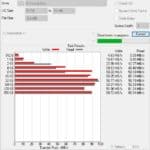
ATTO Disk Benchmark tests HDDs, SSDs, and RAID arrays; it can also benchmark controllers, including RAID controllers. ATTO tests maximum transfer speed, as well as a variety of transfer sizes and test lengths.
ATTO supports overlapped I/O requests and a variety of queue depths. Users can:
ATTO’s Windows version is more commonly known, but ATTO also offers a macOS version with features such as snapshots and custom transfer sizes.
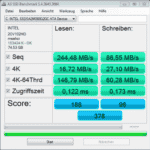
AS SSD, for Windows 10, uses uncompressed data for its benchmark operations. AS SSD offers three test options for benchmarking different file sizes:
AS SSD allows users to put the software on a USB drive, which they can then use with a variety of SSDs. Users can also test the access time of their SSD and observe their drive’s performance while making copies depending on file size and amount.
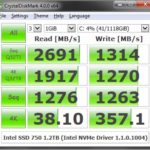
CrystalDiskMark offers SSD benchmarking for a variety of drives and scenarios. It can also help users decide when to optimize their SSD if needed. CrystalDisk software solutions have a very simple interface but are popular among hard drive and solid state drive owners.
Users can measure sequential read/write speeds and random read/write speeds. CrystalDiskMark supports a queue depth of up to 32.
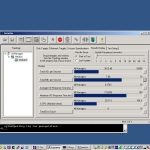
Iometer, initially developed by Intel, is now an open source SSD benchmarking software. Because it’s open source and flexible, users can configure the software if they wish. Iometer tests and reports multiple SSD performance features, including:
Iometer can create a variety of tests for I/O workloads. It’s often used by professionals who need to regularly test their SSDs. Iometer is a good benchmark tool for users that want to apply a variety of stressful workloads to test a drive.

PCMark10 gives drives an overall score across all tests. PCMark drive benchmark options include:
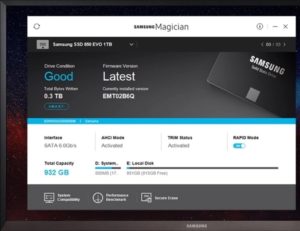
Samsung’s Magician tool tests an arsenal of Samsung SATA and NVMe SSDs. Compared to many other benchmark tools, the Magician has a modern interface with a variety of SSD management features — benchmarking is just one. Users can:


Jenna Phipps is a staff writer for Enterprise Storage Forum and eSecurity Planet, where she covers data storage, cybersecurity and the top software and hardware solutions in the storage industry. She’s also written about containerization and data management. Previously, she wrote for Webopedia. Jenna has a bachelor's degree in writing and lives in middle Tennessee.

Enterprise Storage Forum offers practical information on data storage and protection from several different perspectives: hardware, software, on-premises services and cloud services. It also includes storage security and deep looks into various storage technologies, including object storage and modern parallel file systems. ESF is an ideal website for enterprise storage admins, CTOs and storage architects to reference in order to stay informed about the latest products, services and trends in the storage industry.
Property of TechnologyAdvice. © 2025 TechnologyAdvice. All Rights Reserved
Advertiser Disclosure: Some of the products that appear on this site are from companies from which TechnologyAdvice receives compensation. This compensation may impact how and where products appear on this site including, for example, the order in which they appear. TechnologyAdvice does not include all companies or all types of products available in the marketplace.